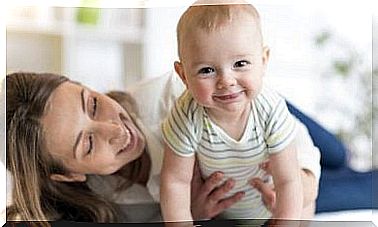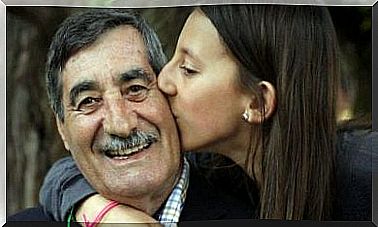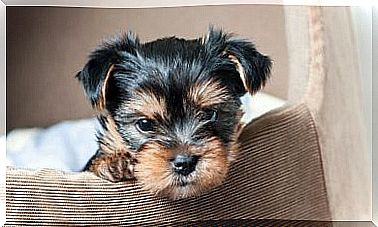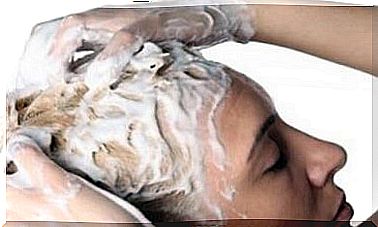Bronchiolitis In Babies: What Should You Know?
Different respiratory infections as well as allergy settings can generate airways alterations in children. Bronchiolitis has special characteristics and usually affects babies and young children.
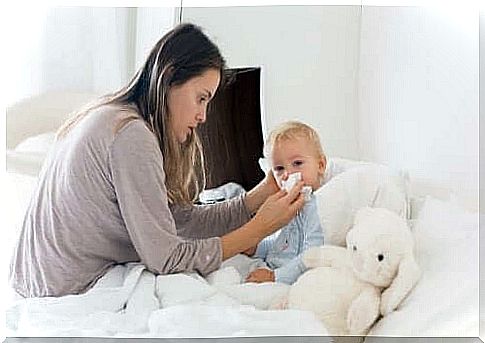
The arrival of cold seasons like fall and winter worries both families and health professionals. The general reason is the increased occurrence of respiratory diseases. The younger the child with bronchiolitis, the greater the worry, and even more so when it comes to babies.
Bronchiolitis in babies
Bronchiolitis is a disease of the airways that occurs when the bronchioles (the smaller parts that end the bronchi) become inflamed due to an infection often caused by a virus. These canaliculi then present an edema as well as an increase in secretions which can generate breathing difficulties.
According to information from the website of the Spanish Pediatric Association, the appearance of bronchiolitis is more common in babies under one year of age. They represent 18% of all pediatric hospitalizations. In general, the respiratory syncytial virus (RSV) is the most involved. However, adenoviruses as well as the influenza virus may also be responsible.
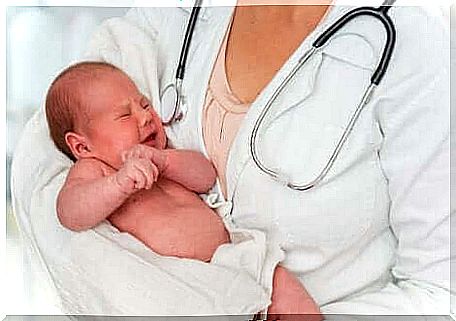
What is the most common form of the disease?
After a brief incubation period, symptoms resembling those of the common cold may appear. Therefore, these symptoms include sneezing, watery nasal discharge, cough, and episodes of moderate fever.
Then, little by little, the cough becomes more persistent and what seemed to be a common cold is no longer. To this can be added irritability, refusal to eat, increased respiratory rate as well as difficulty in breathing. The latter symptom usually reaches its maximum expression in 24 or 48 hours, when most hospitalizations take place. It then gradually improves.
Some interesting data …
According to Dr. Ma Luz Garcia Garcia of the Pediatric Service of Severo Ochoa University Hospital, Alfonso X El Sabio University, in Madrid:
What to do when the first symptoms of bronchiolitis appear in babies?
- First of all, it is essential to remain calm in order to be able to act in peace.
- It is important to ensure a good hydration of the baby in order to help thin the secretions. Be aware that sometimes restlessness and increased respiratory rate require you to swallow fluids in smaller amounts but more often.
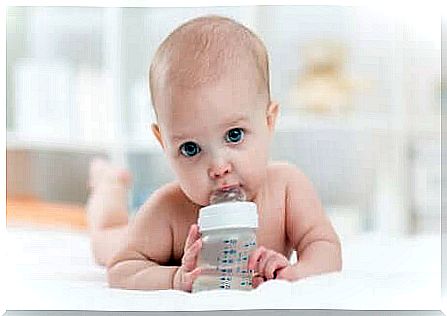
In this sense, Doctor Ana Maria Balanzat, Head of the Department of Pediatrics at the Clinical Hospital of Buenos Aires, Argentina, points out that:
The lack of oxygen in the blood and tissues as well as the accumulation of carbon dioxide can endanger the life of the child. “In these situations, hospitalization and administration of oxygen are essential,” explains the doctor.
To conclude…
Knowing that bronchiolitis typically affects babies and young children, it is important to see a healthcare practitioner at the first symptoms. He will then assess the child’s condition, the type of breathing and hydration, as well as the presence or absence of fever.
Another element that is worth highlighting is to avoid tobacco consumption as well as highly polluting environments. As a study published in the medical journal BMJ Open concludes , “in the context of exposure to air pollution, smoking causes further loss of lung function and exacerbates respiratory symptoms”.
Finally, it is a good idea to make regular follow-up visits after initiation of treatment in order to monitor any complications.
